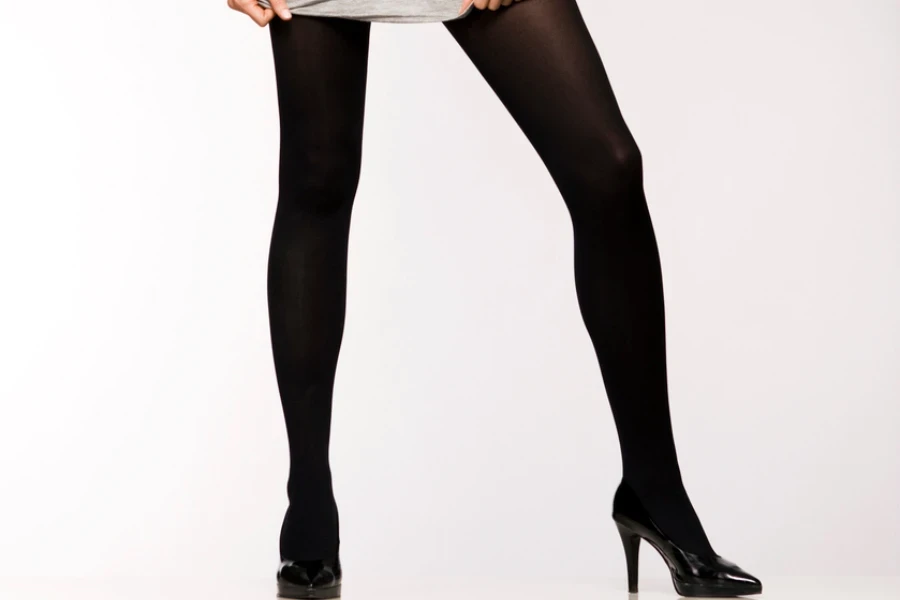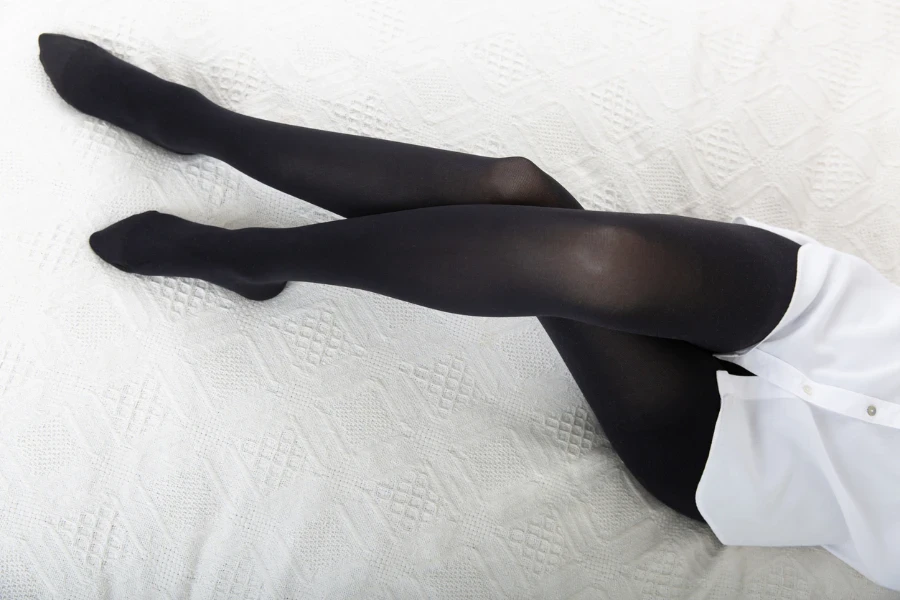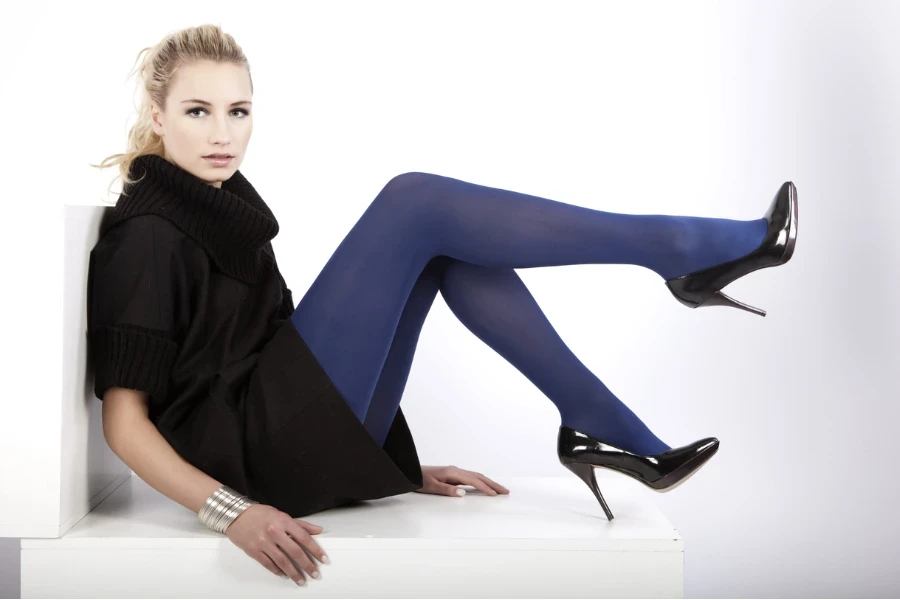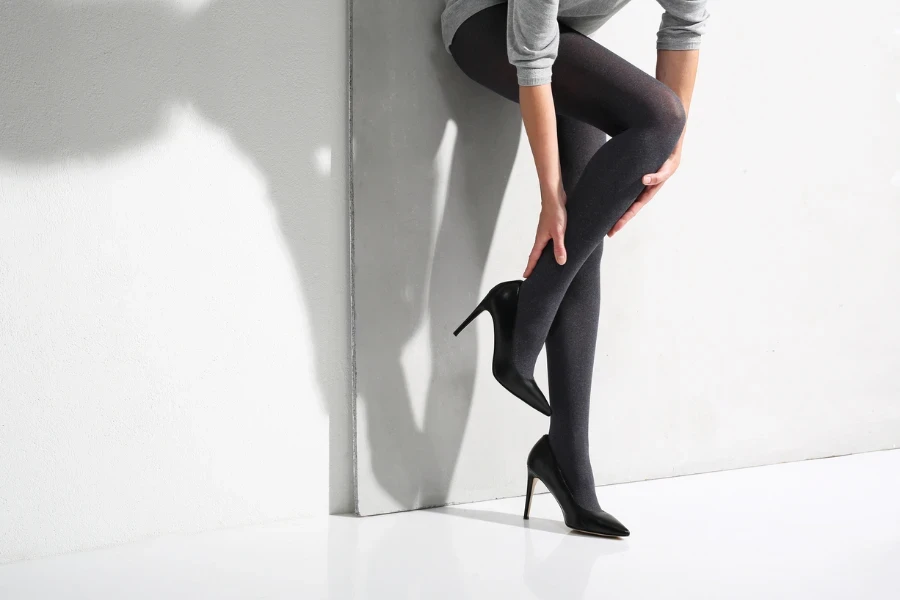Pantyhose, a staple in the wardrobe of many, offer more than just sheer coverage. They embody a blend of practicality, style, and comfort that can elevate any outfit. In this comprehensive guide, we delve into the aspects of pantyhose that matter most to users. From understanding their construction to exploring the variety of options available, we aim to provide insights that will help you make informed decisions about this essential apparel item.
Table of Contents:
– Understanding the materials and construction
– The importance of denier in pantyhose
– Choosing the right pantyhose for your outfit
– Caring for your pantyhose to ensure longevity
– The environmental impact of pantyhose
Understanding the materials and construction

Pantyhose are crafted from a blend of materials, each contributing to their elasticity, durability, and sheer appearance. Nylon, a key component, offers strength and flexibility, while spandex ensures they fit snugly against the skin. The construction of pantyhose is a delicate process, involving knitting techniques that create a seamless garment. This section explores the balance between materials used in pantyhose and how they contribute to overall wearability and comfort.
The technology behind pantyhose manufacturing has evolved, leading to improvements in their durability and feel. Innovations such as 3D knitting have resulted in pantyhose that offer uniform compression, enhancing blood circulation and reducing fatigue. Understanding these advancements can help consumers make choices that align with their needs, whether for daily wear or special occasions.
Moreover, the choice of materials impacts the breathability and moisture-wicking properties of pantyhose. This is particularly important for those who wear them for extended periods. By selecting pantyhose made with the right blend of materials, wearers can experience enhanced comfort and reduced risk of irritation.
The importance of denier in pantyhose

Denier is a term that often comes up in discussions about pantyhose, yet its significance might not be immediately clear to all. Essentially, denier measures the thickness of the fibers used in the fabric, directly influencing the opacity and strength of the pantyhose. This section will clarify the concept of denier and its impact on the choice of pantyhose.
Lower denier pantyhose are sheerer, offering a more natural look that is ideal for formal occasions or warmer weather. On the other hand, higher denier pantyhose provide greater coverage and are more suited for cooler temperatures. They also tend to be more durable, resisting runs and snags better than their sheerer counterparts.
Choosing the right denier depends on personal preference, the occasion, and the level of durability required. Understanding the implications of denier can guide users in selecting pantyhose that meet their specific needs, whether seeking elegance, warmth, or longevity.
Choosing the right pantyhose for your outfit

Pantyhose can significantly influence the appearance and feel of an outfit. The right pair can complement your clothing, enhancing your overall look, while the wrong choice can detract from it. This section offers advice on selecting pantyhose that harmonize with your ensemble, taking into account color, texture, and occasion.
Color matching is crucial when integrating pantyhose into your outfit. Neutral shades like black, nude, and gray are versatile and can be paired with a wide range of clothing. However, opting for colored or patterned pantyhose can add a dynamic element to your look, provided they coordinate well with the rest of your attire.
The texture is another factor to consider. Smooth, sheer pantyhose work well with formal wear, adding a touch of elegance. For a more casual or textured look, consider opaque pantyhose or those with patterns. Additionally, the occasion should guide your choice, with sheerer options being more suited to formal events and opaque varieties lending themselves to casual settings.
Caring for your pantyhose to ensure longevity

Pantyhose, while delicate, can last longer with proper care. This section outlines best practices for washing, drying, and storing pantyhose, helping you preserve their quality and extend their lifespan.
Hand washing pantyhose in cold water with a mild detergent is the gentlest method, reducing the likelihood of snags and runs. If machine washing is necessary, using a lingerie bag can offer some protection. Drying should be done away from direct heat and sunlight, as these can degrade the fibers over time.
Storing pantyhose properly is equally important. Keeping them in a dedicated drawer or container, free from sharp objects, can prevent accidental damage. Rolling or folding them neatly helps maintain their shape and prevents tangling.
The environmental impact of pantyhose

The production and disposal of pantyhose raise environmental concerns, primarily due to the synthetic materials they are made from. This section discusses the ecological footprint of pantyhose and explores sustainable alternatives.
The synthetic fibers in pantyhose, such as nylon, are not biodegradable, contributing to landfill waste. However, advancements in recycling technologies have begun to address this issue, with some manufacturers now producing pantyhose from recycled materials.
Consumers can also play a role in mitigating the environmental impact of pantyhose by opting for brands that prioritize sustainability. Additionally, repurposing or recycling worn pantyhose, rather than discarding them, can help reduce waste.
Conclusion:
Pantyhose are more than just an accessory; they are a blend of fashion, function, and comfort. By understanding the materials and construction, the significance of denier, how to choose the right pair for your outfit, and how to care for them properly, users can enhance their experience with this versatile garment. Furthermore, considering the environmental impact of pantyhose encourages a more sustainable approach to fashion. Armed with this knowledge, readers can make informed decisions about pantyhose, ensuring they find a pair that meets their needs and aligns with their values.




